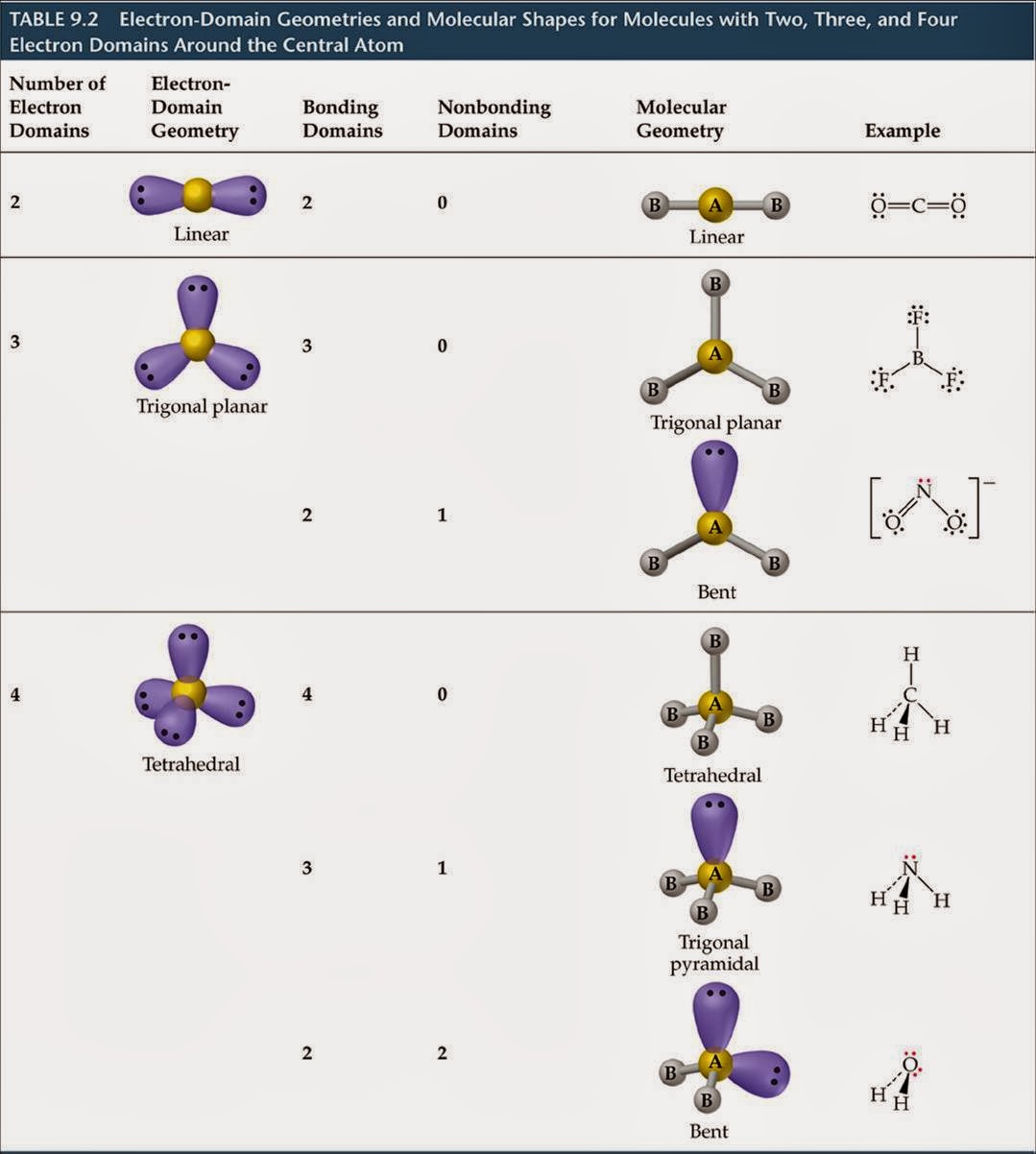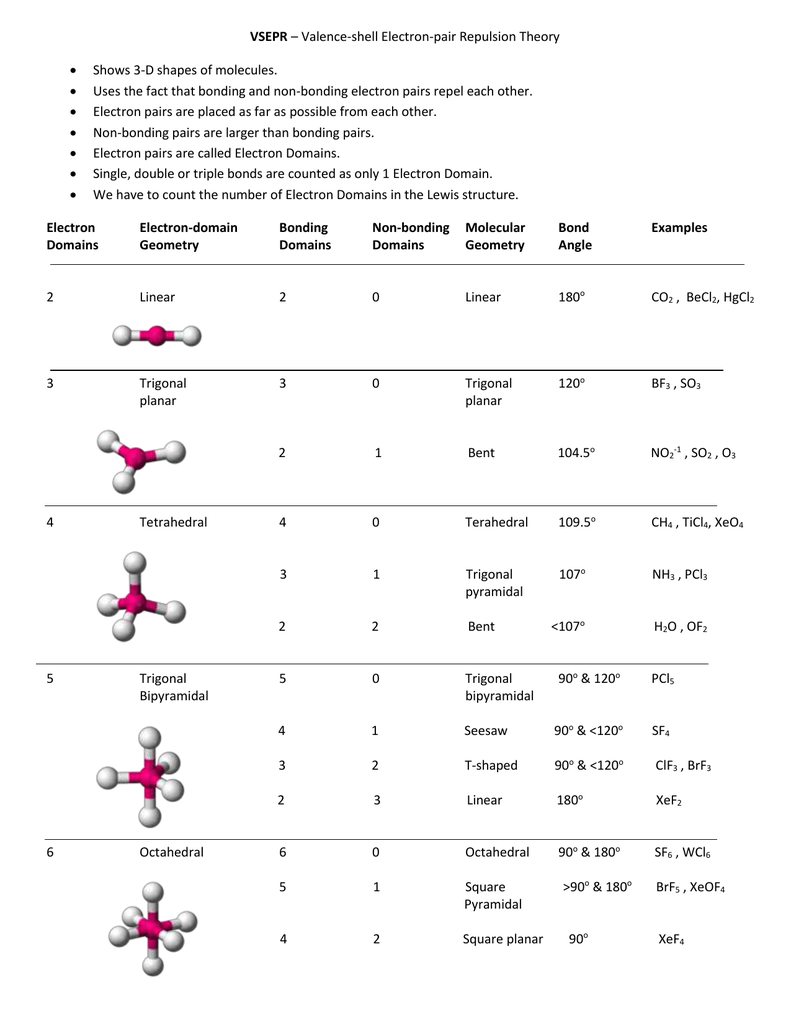

We have got our most suitable Lewis Structure sketch for SiH4. We calculate formal charge with the help of the following formula:įor Si, formal charge = 4 – 0.5*8 – 0 = 0.įor each H atom, formal charge = 1 – 0.5*2 – 0 = 0.Īll the five atomic elements are present in their least possible formal charge values. The formal charge is the charge which is assigned to constituent atoms inside a molecule with the assumption that electrons are shared equally among the atoms participating in bond formation. So, we can now go to our last step towards sketching the Lewis Structure of SiH4. Now, as we have put the electron dot notations according to the probable bond formation (one electron pair sharing between two constituent atoms form a single bond), we will check the octet fulfillment.Īs we can see very clearly, both Si and H have attained their respective noble gas valence shell configurations ( Ar and He respectively). Hence, Si will act as the central atom surrounded by the four hydrogen atoms at its sides.Īccording to this rule, the elements in the main group of the periodic table tend to achieve the octet or the outer shell electronic configuration of the noble gas elements.Įxception: Hydrogen only needs two electrons since it attains the Helium configuration. The general rule states that the more electropositive element must form the central atom. H value is 2.20 whereas that of Si is 1.90. Now, we will have a look at the Pauling electronegativity chart to find out their corresponding electronegativity values. Total number of valence electrons = 4 + 1*4 = 8. Now, we will calculate the total number of valence electrons in a SiH4 molecule. Silicon, on the other hand, belongs to group 14 and has a valency of 4. Hydrogen belongs to group 1 and so has only 1 electron in its outermost shell. In bonding, the valence electrons take part.Īs we can all see, elements of the same group (vertical) have the same number of valence electrons in their atoms. Valence electrons refer to the electrons present in the outermost or valence shell of an atom of any element. In this article, we will find out the most appropriate and possible Lewis Structure of Silicon hydride or SIH4.Īt the very beginning, we will focus on the valence electron concept. Here, we use dot notations to represent the electrons, and hence this is also known as the electron-dot structure. Lewis Structure is a two-dimensional diagrammatic approach towards finding the nature of chemical bonding present inside any given molecule. The below-mentioned reactions show the manufacturing of Silane:

Electron pair geometry skin#
It is even lighter than air and can be a cause of skin and eye irritation.

It has a molar mass of 32.117 g/mol and a density of 1.313 g/l. It can cause fatal accidents via ignition and combustion due to leakage. Other than this, SiH4 is used to manufacture several silicon-containing compounds and also as doping agents.ĭue to its flammable nature, it is highly explosive and dangerous. Silicane has its application in the semiconductor industry: it is used as a source of hyperpure silicon. It is a flammable and colorless gaseous compound bearing a strong repulsive odor. SiH4 is the structural composition of silane/silicane. Silane, also known as monosilane is the simplest of all the chemical compounds belonging to ‘silane’ groups which refer to binary silicon-hydrogen and organosilicon compounds having terminal hydrides.


 0 kommentar(er)
0 kommentar(er)
